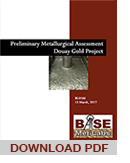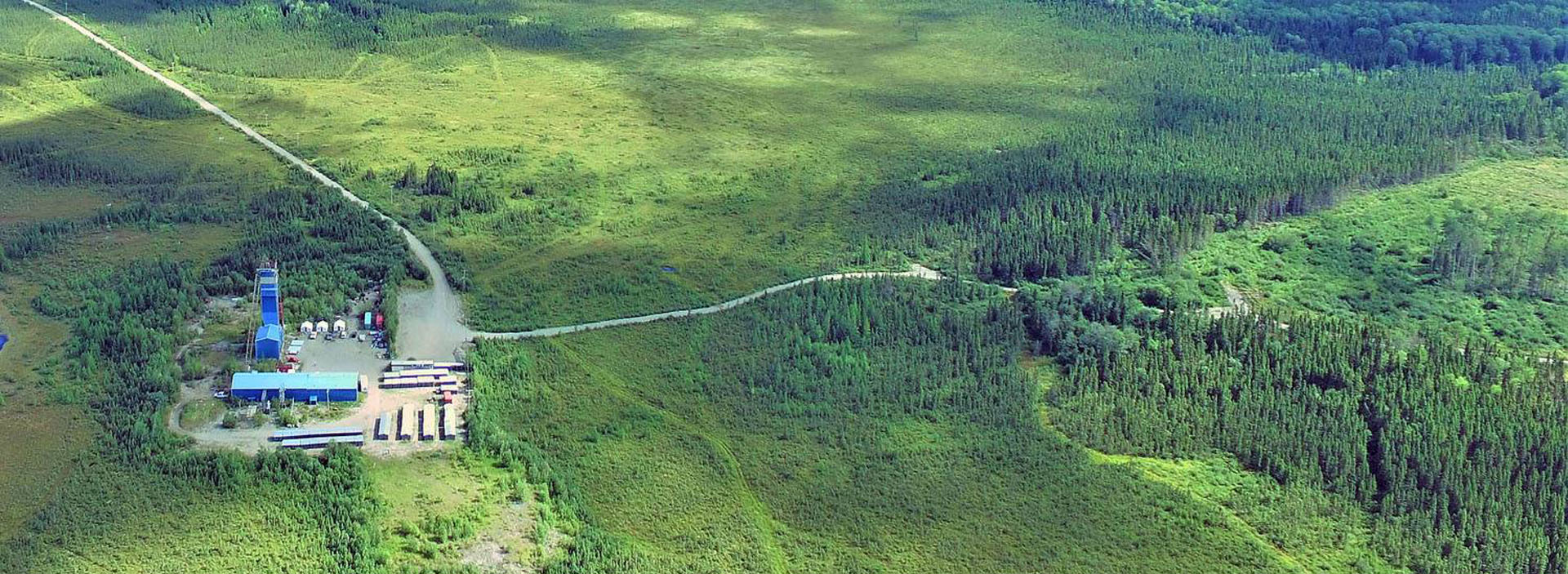 Click here to see full 2017 Metlabs Study Click here to see full 2017 Metlabs Study |
Preliminary metallurgical studies were completed on samples in the late 1990s by Aurizon, in 2005 by LTM for Geostat and in 2017 by MetLabs.
Metallurgical testwork in the 2005 Geostat study achieved direct cyanidation recoveries of between 90-95% with granulometry varying from 75% -200mesh to 99% -400mesh using feed grade of 4.86 g/t Au. Recovery factor was not strongly affected by grinding levels and is expected to be 90-95% at standard grinding sizes.
In the 2017 Metlabs study, 10 composites from different areas of the Douay Resource with gold content between 0.8 and 4.0 g/t Au, as well as between 0.3 and 2.5 g/t Ag, were evaluated with direct cyanidation, flotation and gravity to obtain preliminary recovery estimates and basic process parameters. Bond ball mill testwork was also done on a single master composite sample. Results were as follows:
- Abundant carbonate gangue is a favorable element as these minerals, particularly calcite, can offset any acid generated from oxidation of pyrite in waste dumps and tailings.
- Work Index value was determined to be 18.5 kWh/tonne.
- Whole-ore cyanide leach tests gave recoveries ranging from 52-94%, averaging 81%. Excluding two samples with unexplained low recoveries from the small NW Zone, the average increased to 89%.
- Average gold recovery by gravity alone was 26%.
- Gold recovery via gravity followed by flotation averaged 92% across all zones, but with relatively low concentrate grade.
- Best overall recoveries were obtained by a combined gravity-flotation-leach process and a fine regrind. Excluding NW samples, the average recovery of this process was 89%.

